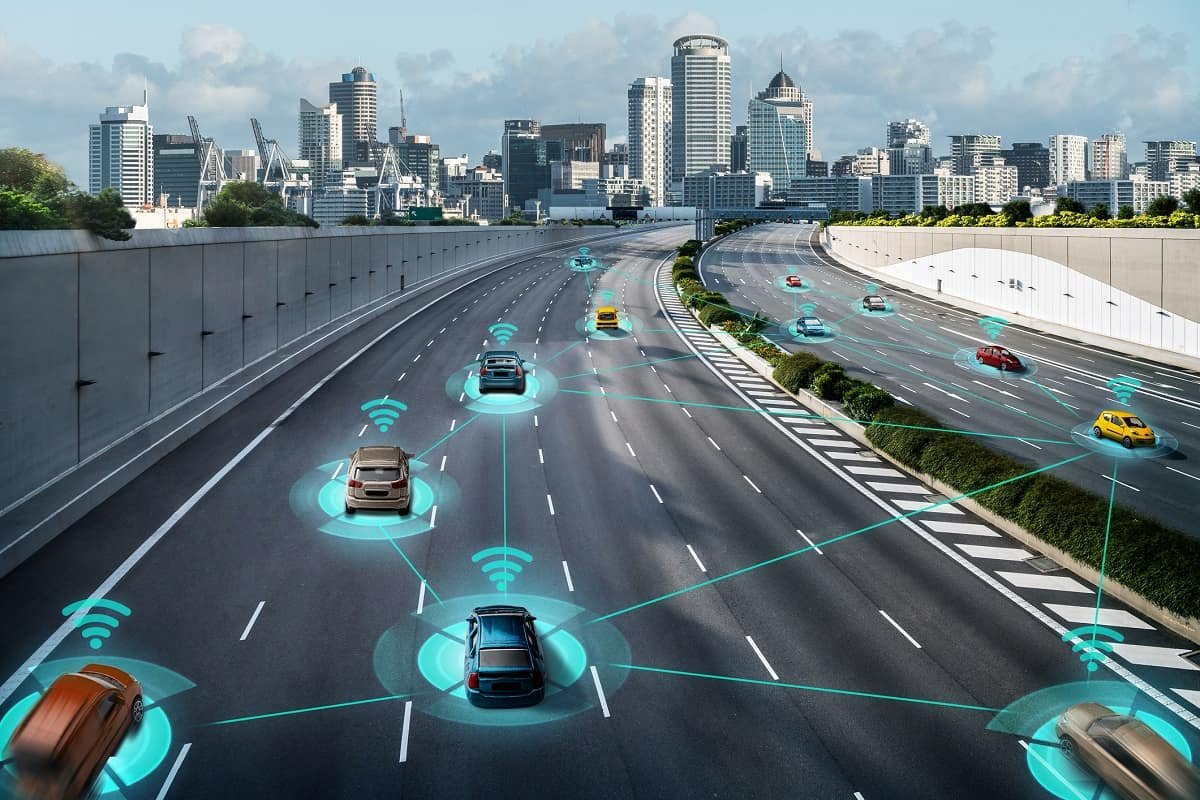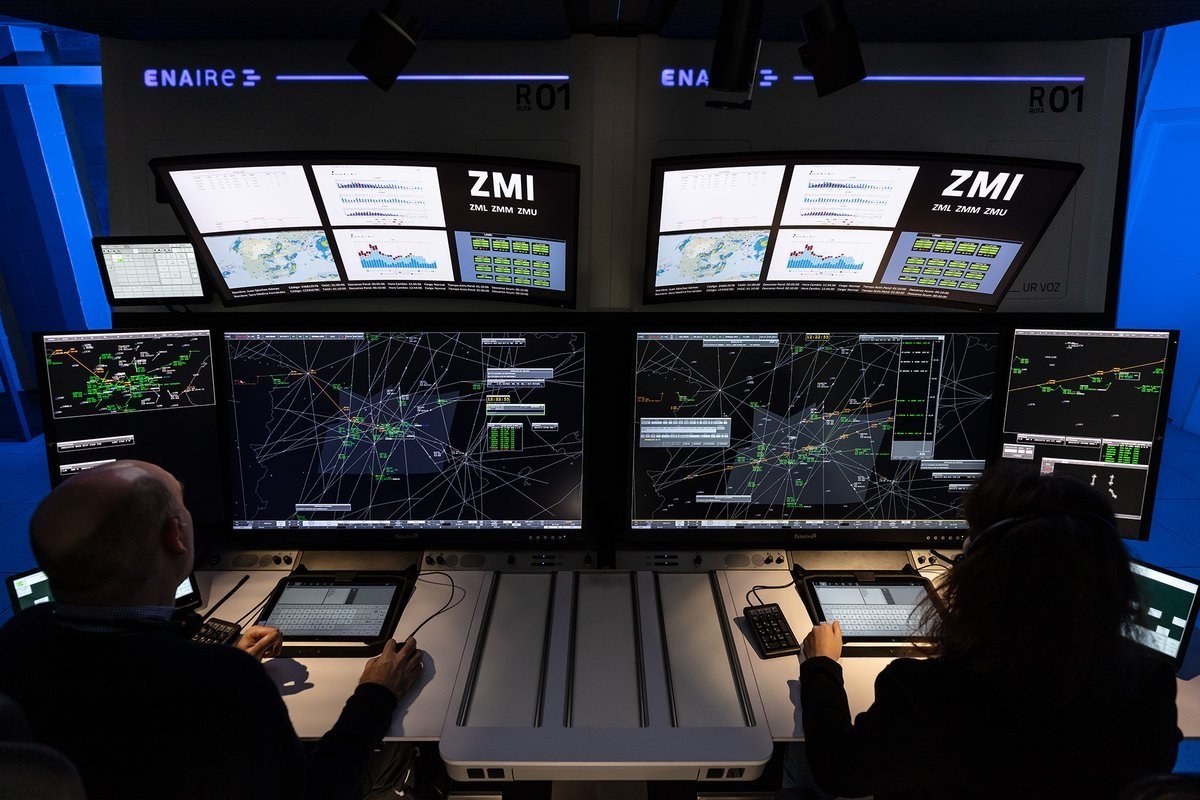The future of urban transportation has arrived, and it’s powered by artificial intelligence. AI controlling traffic systems represents one of the most significant technological breakthroughs in modern city planning, promising to revolutionize how we navigate our increasingly congested urban environments. As cities worldwide grapple with growing populations and mounting traffic challenges, intelligent traffic management systems are emerging as the solution to age-old problems of congestion, emissions, and inefficient transportation networks.
Traditional traffic control methods, relying on preset timers and basic sensors, are becoming obsolete in the face of dynamic urban mobility demands. AI controlling traffic systems offers a paradigm shift, utilizing machine learning algorithms, real-time data analysis, and predictive modeling to optimize traffic flow with unprecedented precision. This technology doesn’t just manage traffic—it learns from it, adapts to it, and continuously improves its performance.
How AI Controlling Traffic Systems Transform Urban Mobility
The Technology Behind Intelligent Traffic Management
Modern AI controlling traffic systems leverage sophisticated neural networks and machine learning algorithms to process vast amounts of real-time data. These systems integrate multiple data sources including traffic cameras, vehicle sensors, GPS tracking, weather conditions, and historical traffic patterns to make intelligent decisions about signal timing and traffic flow optimization.
The core technology consists of several key components working in harmony. Computer vision algorithms analyze video feeds from traffic cameras to detect vehicle counts, types, and movement patterns. Machine learning models process this information alongside historical data to predict traffic patterns and optimize signal timing accordingly. Advanced sensors embedded in roadways provide real-time traffic density measurements, while weather APIs ensure that environmental conditions are factored into traffic management decisions.
Real-Time Data Processing and Decision Making
The power of AI controlling traffic systems lies in their ability to process and act upon information in real-time. Unlike traditional systems that operate on fixed schedules, AI-powered traffic management continuously monitors traffic conditions and adjusts signal timing to optimize flow. This dynamic approach can reduce wait times at intersections by up to 40% and improve overall traffic throughput by 25%.
Advanced predictive analytics enable these systems to anticipate traffic bottlenecks before they occur. By analyzing patterns in historical data and current traffic conditions, AI algorithms can proactively adjust signal timing to prevent congestion rather than simply reacting to it. This predictive capability is particularly valuable during rush hours, special events, or emergencies where traffic patterns deviate from normal flows.
Benefits of AI Traffic Control Technology

Reduced Traffic Congestion and Improved Flow
The primary advantage of AI controlling traffic systems is their ability to significantly reduce traffic congestion. Cities implementing these systems report average reductions in travel times of 15-30% during peak hours. The technology achieves this through intelligent signal coordination, where multiple intersections work together to create “green waves” that allow vehicles to pass through consecutive lights without stopping.
Dynamic signal timing adjustments based on real-time traffic conditions ensure that busy intersections receive longer green phases when needed, while less congested routes are optimized for maintaining steady flow. This adaptive approach prevents the formation of traffic bottlenecks that traditionally plague urban transportation networks.
Environmental Impact and Sustainability
AI controlling traffic systems contribute significantly to environmental sustainability by reducing vehicle emissions and fuel consumption. When traffic flows more smoothly, vehicles spend less time idling at red lights and experience fewer stop-and-go situations that increase fuel consumption. Studies indicate that optimized traffic flow can reduce vehicle emissions by up to 20% in urban areas.
The technology also supports the integration of electric vehicles and sustainable transportation modes. AI systems can prioritize public transportation vehicles, giving buses and trams signal priority to encourage public transit use. Additionally, these systems can optimize routes for electric vehicle charging patterns and support the development of smart mobility ecosystems.
Economic Benefits for Cities and Commuters
The economic impact of implementing AI controlling traffic systems extends beyond reduced fuel costs for commuters. Cities benefit from decreased infrastructure maintenance costs, as smoother traffic flow reduces wear and tear on roadways. The improved efficiency also translates to increased productivity, as commuters spend less time stuck in traffic and more time on productive activities.
Businesses benefit from more reliable delivery schedules and reduced transportation costs. The predictable traffic patterns enabled by AI systems allow companies to better plan logistics and reduce operational expenses associated with delayed shipments and inefficient routing.
Implementation Challenges and Solutions
Technical Infrastructure Requirements
Implementing AI-controlled traffic systems requires a significant investment in technical infrastructure. Cities must upgrade existing traffic management systems with advanced sensors, high-speed communication networks, and robust data processing capabilities. The initial investment can be substantial, but the long-term benefits typically justify the costs within 3-5 years.
Cloud computing infrastructure plays a crucial role in supporting these systems, providing the computational power needed for real-time data processing and machine learning operations. Edge computing solutions are also becoming increasingly important, allowing for faster local decision-making while maintaining a connection to centralized systems.
Integration with Existing Systems
One of the primary challenges in deploying AI controlling traffic systems is integrating new technology with existing traffic infrastructure. Many cities have legacy systems that require careful transition planning to avoid disruptions during implementation. Successful integration requires phased deployment approaches, starting with pilot programs in specific areas before city-wide rollout.
Interoperability between different vendors’ systems remains a significant consideration. Cities must ensure that their chosen AI traffic management solutions can communicate effectively with existing traffic control hardware and software systems.
Privacy and Data Security Considerations
AI controlling traffic systems collect and process vast amounts of data, raising important privacy and security concerns. Cities must implement robust cybersecurity measures to protect traffic management systems from potential attacks that could disrupt urban mobility. Data anonymization techniques ensure that individual vehicle tracking information is protected while maintaining the effectiveness of traffic optimization algorithms.
Transparent data governance policies help build public trust in these systems. Cities implementing AI traffic control must communicate how data is collected, used, and protected, ensuring compliance with relevant privacy regulations and maintaining public confidence in smart city initiatives.
Successful AI Traffic Control Implementations

Smart City Success Stories
Several cities worldwide have demonstrated the transformative potential of AI controlling traffic systems. Los Angeles implemented an AI-powered traffic management system that reduced travel times by 12% and vehicle emissions by 20% across the city. The system processes data from over 4,500 intersections and adjusts signal timing in real-time based on traffic conditions.
Singapore’s Smart Nation initiative includes comprehensive AI traffic management that has reduced congestion by 25% during peak hours. The system integrates with the city’s electronic road pricing system and public transportation network to create a holistic approach to urban mobility management.
Read More: EV Battery Recycling Technology: A Key to Sustainable Mobility
Measurable Results and Performance Metrics
Cities implementing AI controlling traffic systems report impressive performance improvements across multiple metrics. Average improvements include:
- 15-30% reduction in average travel times
- 20-40% decrease in vehicle idle time at intersections
- 25% improvement in traffic throughput
- 15-20% reduction in vehicle emissions
- 30% faster emergency vehicle response times
These metrics demonstrate the tangible benefits of AI-powered traffic management and provide clear justification for continued investment in these technologies.
Future Developments in AI Traffic Management
Integration with Autonomous Vehicles
The future of AI controlling traffic systems is closely tied to the development of autonomous vehicles. As self-driving cars become more prevalent, traffic management systems will evolve to communicate directly with vehicles, creating unprecedented levels of coordination and efficiency. Vehicle-to-infrastructure (V2I) communication will enable real-time optimization of both individual vehicle routes and overall traffic flow.
This integration promises to revolutionize urban mobility by enabling precise coordination between vehicles and traffic infrastructure. Autonomous vehicles will receive real-time updates about optimal routes, signal timing, and traffic conditions, allowing for seamless integration with AI traffic management systems.
Predictive Analytics and Machine Learning Advances
Advances in machine learning and predictive analytics will continue to enhance the capabilities of AI controlling traffic systems. Future systems will incorporate weather forecasting, event scheduling, and seasonal patterns to provide even more accurate traffic predictions and optimizations.
Deep learning models will become more sophisticated in their ability to recognize complex traffic patterns and unusual situations. This improved pattern recognition will enable better handling of special events, construction zones, and emergencies that disrupt normal traffic flows.
Smart City Integration and IoT Connectivity
The evolution of AI controlling traffic systems includes deeper integration with other smart city technologies. Internet of Things (IoT) sensors throughout the urban environment will provide additional data points for traffic optimization, including pedestrian counts, air quality measurements, and noise levels. This comprehensive data integration will enable more holistic approaches to urban planning and traffic management, considering not just vehicle flow but also quality of life factors and environmental impacts.
Conclusion
AI controlling traffic systems represent a transformative leap forward in urban transportation management, offering unprecedented capabilities to reduce congestion, improve air quality, and enhance the overall quality of urban life. As cities worldwide continue to grow and face mounting transportation challenges, the adoption of intelligent traffic management systems becomes not just beneficial but essential for sustainable urban development.
The technology’s ability to adapt in real-time, learn from patterns, and optimize for multiple objectives simultaneously makes it a cornerstone of smart city infrastructure. From reducing commute times and vehicle emissions to improving emergency response and supporting sustainable transportation modes, AI traffic control systems deliver measurable benefits that justify their implementation costs.
As we look toward the future, the integration of AI controlling traffic systems with autonomous vehicles, IoT networks, and comprehensive smart city platforms promises even greater improvements in urban mobility. Cities that invest in these technologies today are positioning themselves for more efficient, sustainable, and livable urban environments tomorrow.
FAQs
Q: How does AI controlling traffic systems work in real-time? A: AI controlling traffic systems use machine learning algorithms to process real-time data from cameras, sensors, and GPS devices. The system analyzes current traffic conditions, predicts future patterns, and adjusts signal timing automatically to optimize flow and reduce congestion.
Q: What are the main benefits of AI traffic control over traditional systems?
A: AI traffic control offers dynamic adaptation to changing conditions, reduced wait times (up to 40%), improved traffic throughput (25% increase), lower emissions (20% reduction), and better emergency vehicle response times compared to fixed-timer traditional systems.
Q: How much does it cost to implement AI-controlled traffic systems?
A: Implementation costs vary by city size and infrastructure requirements, typically ranging from $50,000 to $200,000 per intersection. However, cities generally see a return on investment within 3-5 years through reduced fuel consumption, improved productivity, and lower maintenance costs.
Q: Are AI traffic control systems secure from cyberattacks?
A: Modern AI controlling traffic systems implements multiple security layers, including encryption, network segmentation, and continuous monitoring. While no system is completely immune, robust cybersecurity measures significantly reduce risks and protect against potential attacks.
Q: Can AI traffic systems handle emergency vehicles effectively?
A: Yes, AI controlling traffic systems excel at emergency vehicle prioritization. They can detect emergency vehicles through various sensors and create green corridors by coordinating multiple intersections, reducing emergency response times by up to 30%.








